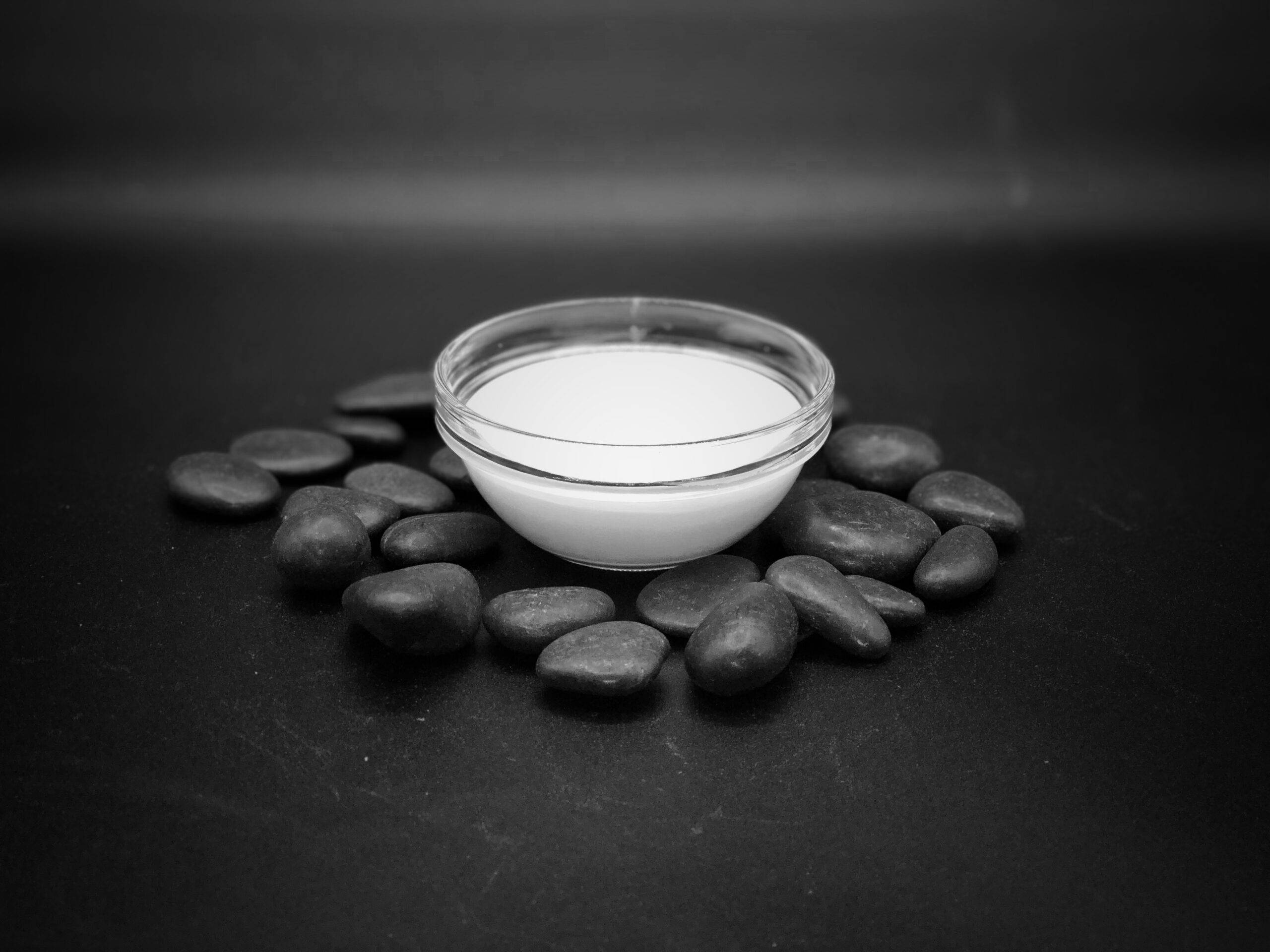Is Amodimethicone Bad?

Is Amodimethicone Bad?
What is Amodimethicone?
Amodimethicone is a silicone. While often maligned, silicones are actually one of the most effective ingredients in both hair and skin care products. Silicones are polymers consisting of the natural mineral silicon, or silica, and oxygen. Having said that, not all silicones are created equal, but amodimethicone is a beauty game-changer.
The Benefits of Amodimethicone
-
Protects the hair shaft
-
Lubricates the surface of the hair so that it feels smoother and combs easier
-
Reduces porosity of the hair, resulting in less moisture loss
-
Controls fly-a-ways without weighing down hair or affecting volume
-
Increased hair strength
-
Adds softness and shine
-
Provides thermal protection from heat styling by helping hair retain water, which leads to gentle, even heating
Amodimethicone Selectively Attaches to Damaged Hair
Amodimethicone is an amine-functionalised silicone, with NH and NH2 groups. In an acidic environment, like in a hair conditioner, amine groups become protonated when H+ ions attach to them, and it acquires a positive charge.
Healthy hair is covered in a protective water-repellent (hydrophobic) layer of a fatty acid called 18-methyleicosanoic acid (18-MEA). This layer, known as the F-layer, is chemically bound to hair, but wears off during lots of chemical processes like bleaching
When the F-layer is worn off, the water-attracting (hydrophilic) proteins underneath are more exposed. These proteins acquire a negative charge in water, so damaged sections of hair are more negatively charged than the undamaged portions. Opposite charges attract, so this means that amodimethicone will selectively stick to the damaged sections of hair more strongly.

Will Amodimethicone Cause Build-up?
One of the issues that’s commonly associated with silicones is the fact they can form durable coatings on your hair that can’t be easily washed off. As you repeatedly use silicone-containing products, they keep attaching to your hair, leading to buildup. This makes the hair feel dull and lifeless.
Amodimethicone’s amine groups decrease the chance of this happening. Since strands of amodimethicone have positive charges, they repel each other. Any amodimethicone that’s already stuck to the hair will repel any extra strands that try to latch on. This ensures that the silicone coating will never get too thick. That means you won't have buildup that leads to dull and lifeless hair like other silicones end up doing to your hair.
So What About All The Hype Regarding Silicones?
While it can be tempting to make a blanket statement about how all silicones are the same, amodimethicone has been designed to work differently than its cousins. It does provide protective coatings of your hair, but do so in a way that avoids the excess build-up of it. This means your hair will be both protected and look great. It will be soft, smooth, and shiny, while also being easier to comb and becoming stronger.
With amodimethicone being considered safe by the FDA and EWG's Skin Deep database, you can feel good about using it in your hair care routine.




Comments